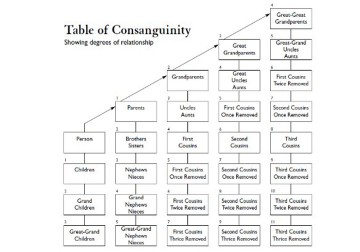Anthony Vipin Das and Divya Rauniyar, L V Prasad Eye Institute, explore ocular disorders linked to consanguinity in a large, hospital-based study with 20,445 patients from a dataset of over 2.8 million. They describe the demographic profiles and the incidence of various ocular disorders in patients with a family history of consanguinity.
Consanguinity is a marital union between people who share a common ancestor. Cultural practices, education, income, and urban/rural domicile all play a role in the prevalence of consanguineous marriages. Communities across India, with varying degrees of prevalence, practice consanguineous marriages accounting for an estimated 10% of all Indian marriages. Studies have reported that southern India has close to six times the rate of prevalence compared to Northern India.
Consanguinity increases the risk of genetic disorders in offspring, including a sub-set of ocular genetic disorders. A range of retinal dystrophies and other ocular anomalies in patients are linked to a history of consanguinity. Sometimes, certain conditions occur across generations in a family with a history of consanguinity, perhaps because of autosomal recessive genes that are passed along. A previous study from LVPEI with 10,000 study participants found over 25% with a history of consanguinity—but was unable to establish a link to ocular genetic disorders. It made the case for a much larger dataset to explore this association.
A new cross-sectional, hospital-based study in the Indian Journal of Ophthalmology by Anthony Vipin Das and Divya Rauniyar explores this question by looking at a large dataset. From a sample of over 2.8 million patients who visited LVPEI’s multi-tier hospital network over a ten-year period, the study found 20,445 patients with a positive family history of consanguinity. Over 50% of the patients were 10 years old or younger, and a majority were male. Patients with a poorer economic profile had a significantly higher chance of presenting with consanguinity.
The study found several ocular disorders that correlated well with consanguinity. These included rare eye diseases like congenital hereditary endothelial dystrophy (CHED), corneal macular dystrophy, xeroderma pigmentosum, among others. The study documented a family history of ocular disorders in about 10% of the patients. The classification, identification, and epidemiological tracking of some of these conditions has only become possible thanks to the availability of large datasets through electronic medical records, which this study utilises. The paper emphasises the critical need for genetic counselling among consanguineous couples—it notes that only 1% of the study’s participants underwent counselling.
‘Consanguinity plays a major role in the genetics of ocular disorders that can cause irreversible blindness,’ says Anthony Vipin Das, the corresponding author and faculty, L V Prasad Eye Institute. ‘This is the largest dataset to date describing these associations in an Indian cohort and that genetic counselling is imperative for prevention.’
Citation
Rauniyar D, Das AV. Consanguinity and ocular disorders in India: Electronic medical records driven big data analytics. Indian J Ophthalmol 2022;70:2401-7.
Photo credits : Table of Consanguinity by Sg647112c, CC BY-SA 3.0, image credit: Wikimedia Commons.



